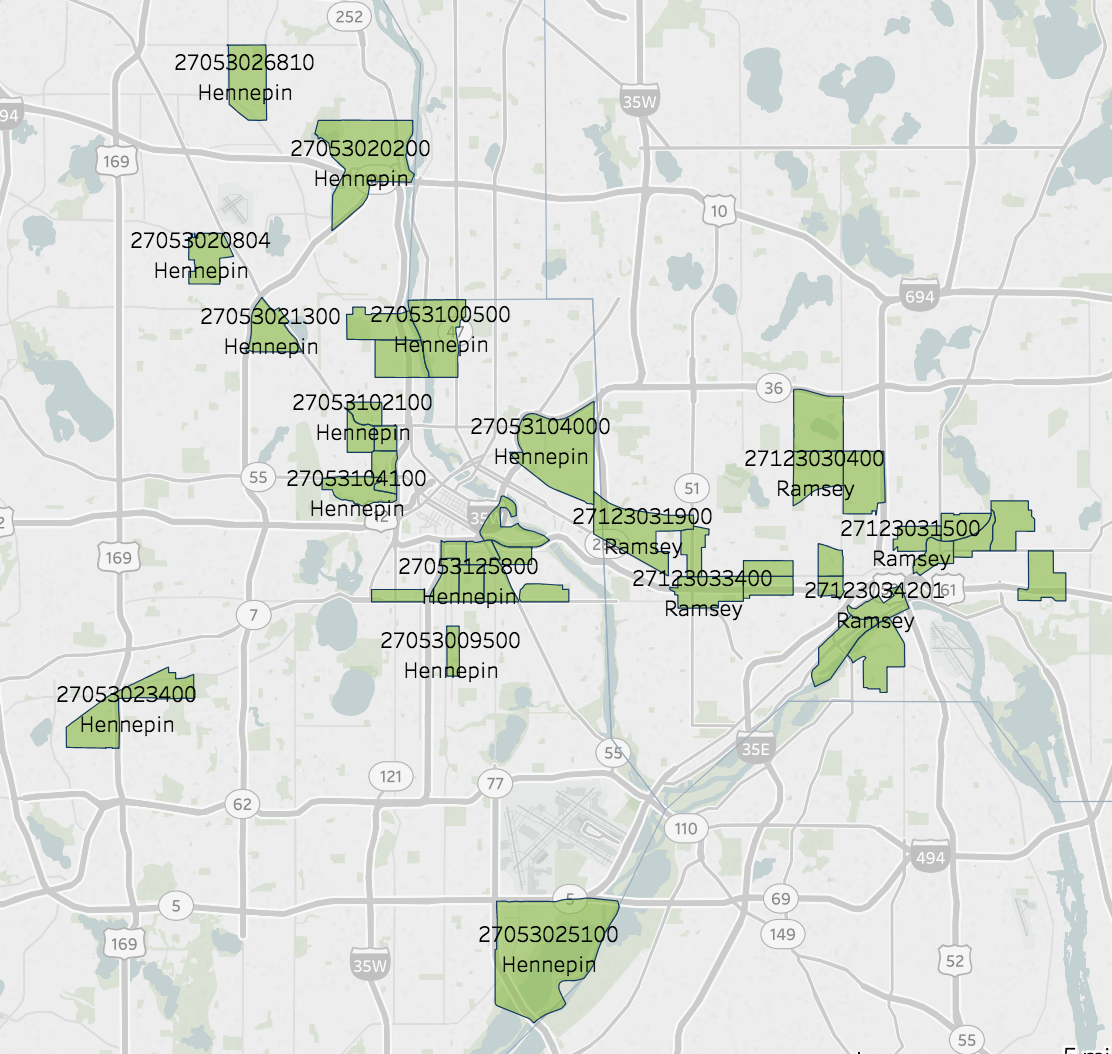An innovative and perhaps massive new funding source is now available to real estate
developers. Similar in some respects to 1031 exchanges, Opportunity Zones allow
investors to defer capital gains from one transaction to the next. Under these new rules,
however, investors can defer gains on highly-appreciated assets like stocks and other
non-real estate investments.
Duane Lund, CEO of NAI Legacy, speaks highly of this new capital source. “This is one
of the most beneficial tax reforms in decades given you can defer the capital gains
taxes on non-real estate assets like stock sales and the sale of a business.” Opportunity
Zones have been established within Lund’s business already. “Our Opportunity Zone
program at NAI Legacy is focused exclusively on ‘last mile distribution, fulfillment and
storage’ and with our NAI national footprint, we are one of the few opportunity fund
sponsors with boots on the ground in every major US market.”
Established under the 2017 Tax Cuts and Jobs Act, Opportunity Zones were created to
spur and encourage investment in low-income communities across the country through
tax benefits. A draft of necessary regulations, however, was released on October 19,
2018. At the time of the release of the detailed regulations, there are 128 designated
Opportunity Zones in Minnesota for developers and investors to get excited about.
Investors in these Opportunity Zones can defer tax from all prior gains using a Qualified
Opportunity Fund (QOF), which must be invested into as an entity, treated as a
partnership or corporation to qualify for deferral according to the IRS.
Lund adds, “Its estimated that US investors currently hold in excess of $2 trillion in
unrealized capital gains. Opportunity Zone funds will allow these investors to deploy
some of those gains in a tax deferred vehicle.” As a result, the “Treasury Secretary
estimates as much as $100B will be invested in Opportunity Zones across the country.”
Danielle Lewis, tax manager with Wipfli LLP in Minneapolis, advises clients utilizing
Opportunity Zone incentives. “The more lucrative real estate in opportunity zones are
likely to go rapidly, especially now with the proposed regulations being released.
Therefore, if you have capital gains you want to defer its important to start going through
this process as soon as possible.” Lewis also suggests coordinating with your advisors,
“Regulations to opportunity zone rules are complex, therefore speaking with your CPA
or tax advisor is recommended before investing in an Opportunity Fund.”
Opportunity Zones keep their designation for 10 years, and if investors make
appropriate investments in that zone and meet requirements, they can defer almost any
capital gain until December 2026. Not only are gain deferred, a portion of the gain can
be abated all-together. That is, if the QOF investment is held longer than 5 years there
is a 10 percent exclusion of the deferred gain. If held for more than 7 years the
exclusion jumps to 15 percent.
This new program encourages long term growth and economic development in low-
income neighborhoods, which could lead to countless local and national partnerships on
Opportunity Zone properties. Of the 128 approved low-income census tracts
designated for Opportunity Zones in Minnesota, 44 of them are in the Metro area within
Hennepin and Ramsey county according to Employment and Economic Development
(mn.gov).
John McCarthy, broker with Newmark Knight Frank, has spent a great deal of time
researching opportunity zones. He describes them as “a real game changer.” He adds
“there is little government involvement,” while still stimulating transactions that will “have
a ripple effect in neighborhoods through these opportunity zones.”
The most populated metro areas with Opportunity Zones include; Southeast
Minneapolis along Como Avenue, South Minneapolis between East Lake Street and
Franklin Avenue, and along Wabasha Street North near downtown St. Paul. For
investors and developers eager to take advantage of new funding sources or defer
gains of their own outside of section 1031 exchanges, Opportunity Zone are going to
drive continued development.



